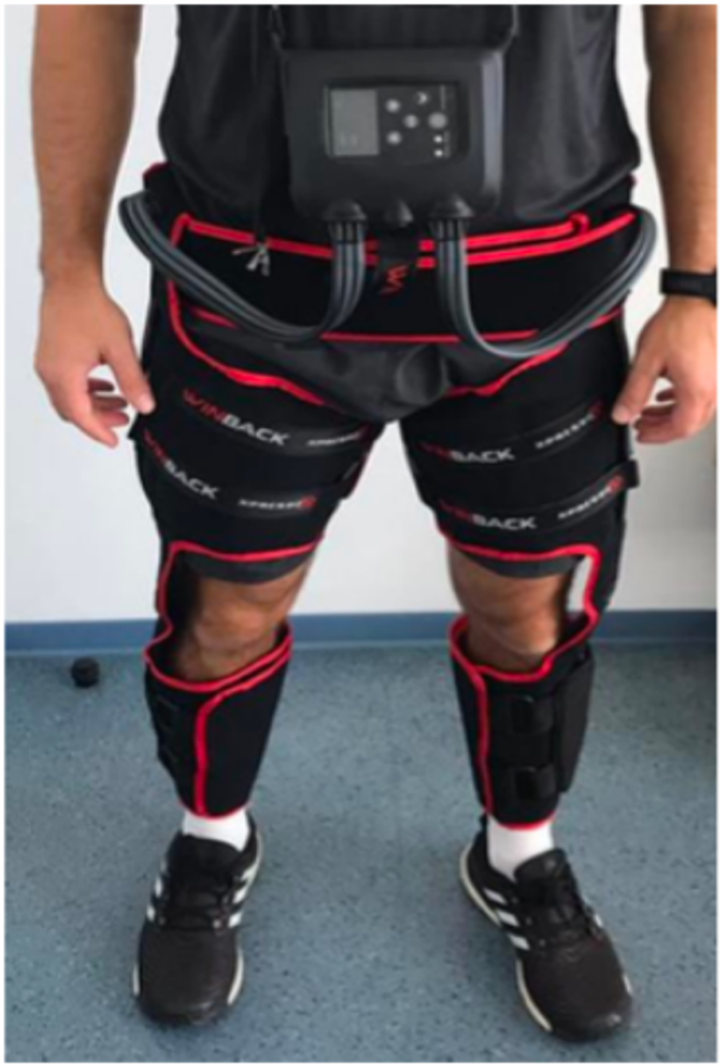Effect of using home-based dynamic intermittent pneumatic compression therapy during periods of physical activity on functional and vascular health outcomes in chronic stroke: A randomized controlled clinical trial
 Image credit: [Scott Hannah]
Image credit: [Scott Hannah]
Abstract
Background Intermittent pneumatic compression (IPC) therapy may benefit stroke patients by eliciting more intensive training sessions that may result in better health, mobility and ultimately quality of life. The purpose of this randomized controlled trial was to assess the effect of using a home-based IPC device on functional outcomes and vascular health in individuals with chronic stroke. Methods Thirty-one stroke survivors (64.3 ± 14.3y; 4.3 ± 2.7y since stroke) completed pre- and post-intervention assessments of functional capacity (six-minute walk test [6MWT], timed-up-and-go, 10m walk test), vascular health (pulse wave analysis, carotid-femoral pulse wave velocity), and physical activity. Following the pre-assessment, individuals were randomly assigned to either a daily, 12-week, home-based IPC group, or to a usual care control (CON) group. Outcomes were assessed using analysis of covariance (ANCOVA), controlling for age and any baseline differences. Results Following ANCOVA, a significant increase in 6MWT walking distance was observed post-assessment for the IPC (Mean ± SD [95\%CI]; 188 ± 19 m [177–199m]) but not the CON group (167 ± 19 m [157–178m]) (p {\textless} 0.05). A significant reduction in peripheral systolic blood pressure was reported at the post-assessment for the IPC group (136.2 ± 8.0 mmHg [131.9–140.4 mmHg]) but not for CON (142.2 ± 8.0 mmHg [138.1–144.6 mmHg]) (p {\textless} 0.05). Similar findings were observed for central systolic blood pressure. Physical activity levels significantly increased at the post-assessment for IPC (1857 ± 879 MET·min−1·week−1 [1390–2325 MET·min−1·week−1]) but not for the CON group (1161 ± 879 MET·min−1·week−1 [677–1645 MET·min−1·week−1]), while for time spent sitting, a significantly greater reduction was observed at the post-assessment for the IPC group (396 ± 86 mins [350–442 mins]) compared to CON (486 ± 86 mins [439–534 mins]) (both p {\textless} 0.05). Conclusions The observed improvements in functional mobility, cardiovascular health, increased physical activity and reduced sedentary time demonstrates important clinical implications of ‘home-based’ IPC therapy as a clinical training aid for stroke rehabilitation. Home-based IPC therapy could serve as an adjunct to conventional rehabilitation, however, further research is needed to determine whether IPC therapy can sustain or improve function over time for individuals in the chronic stage of recovery.